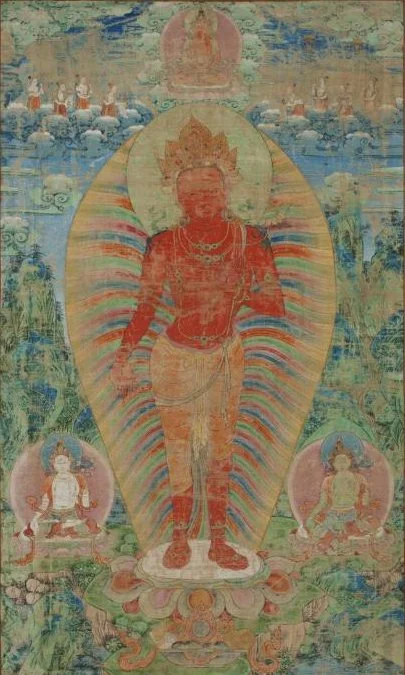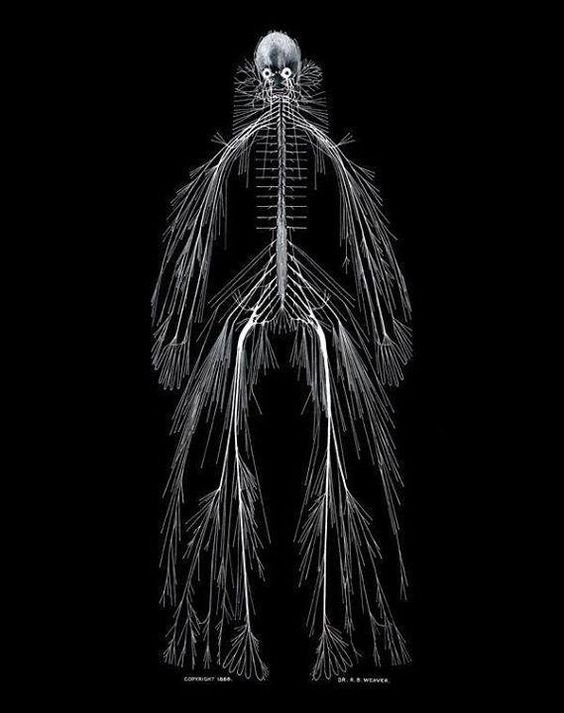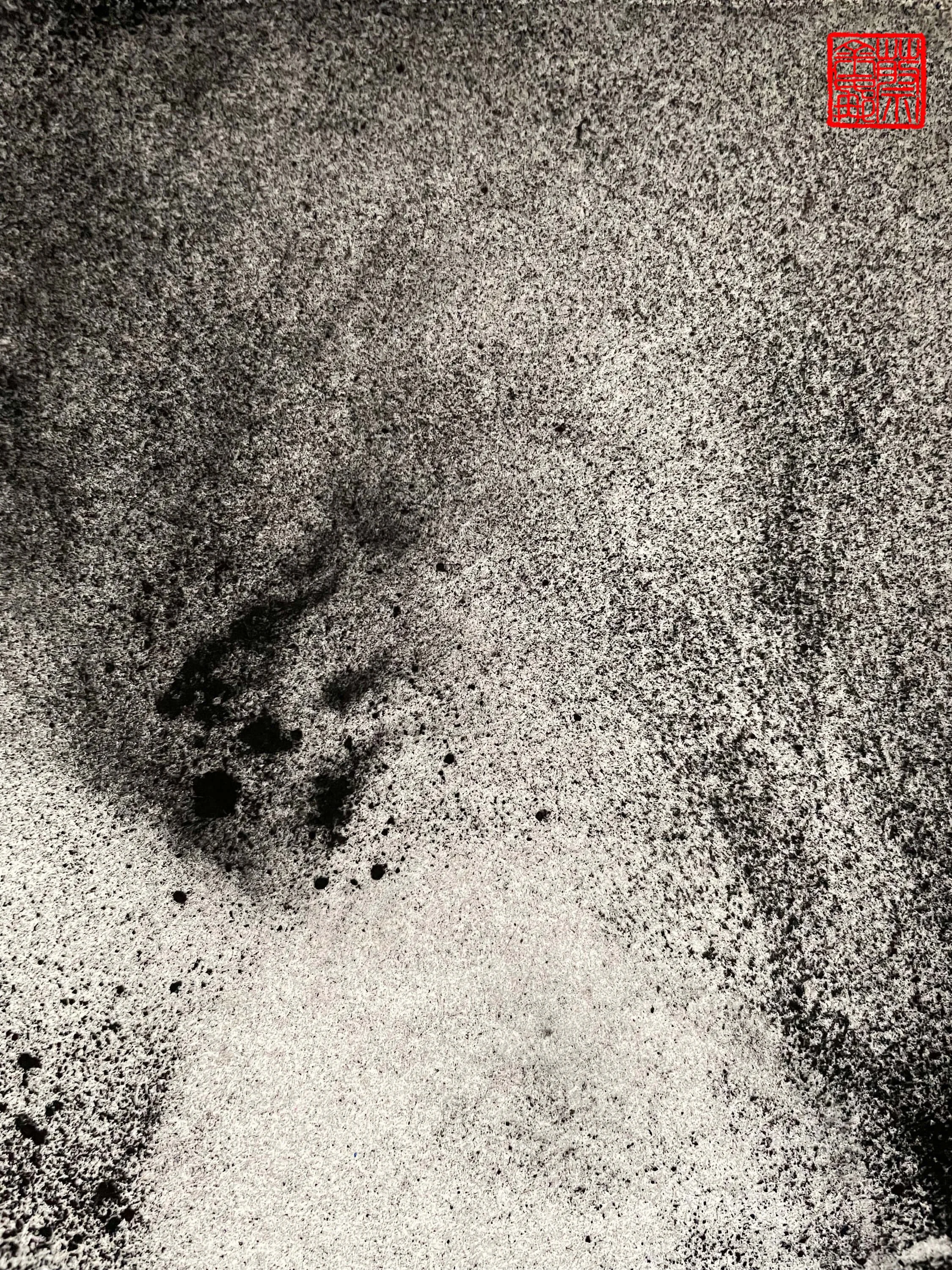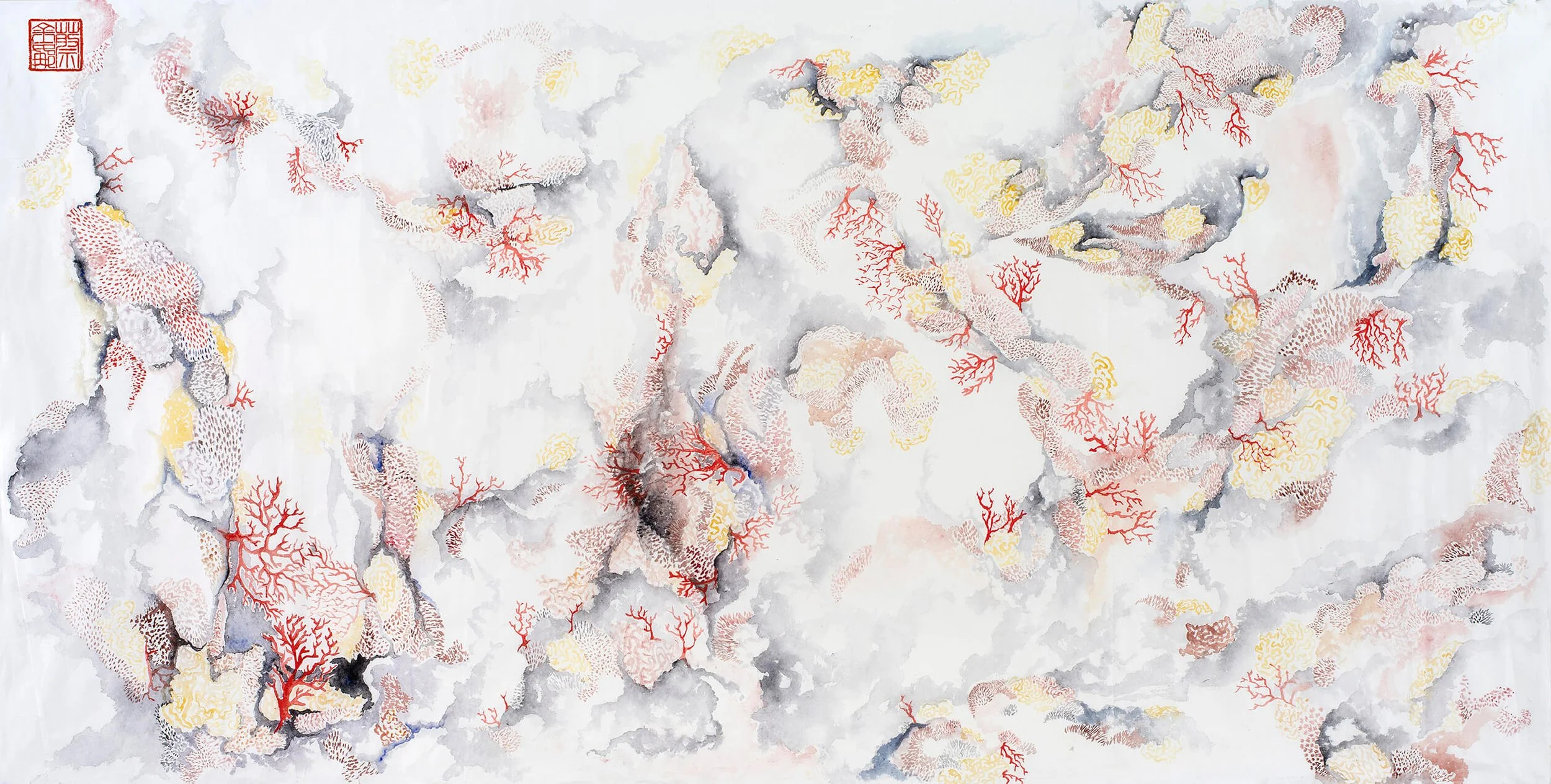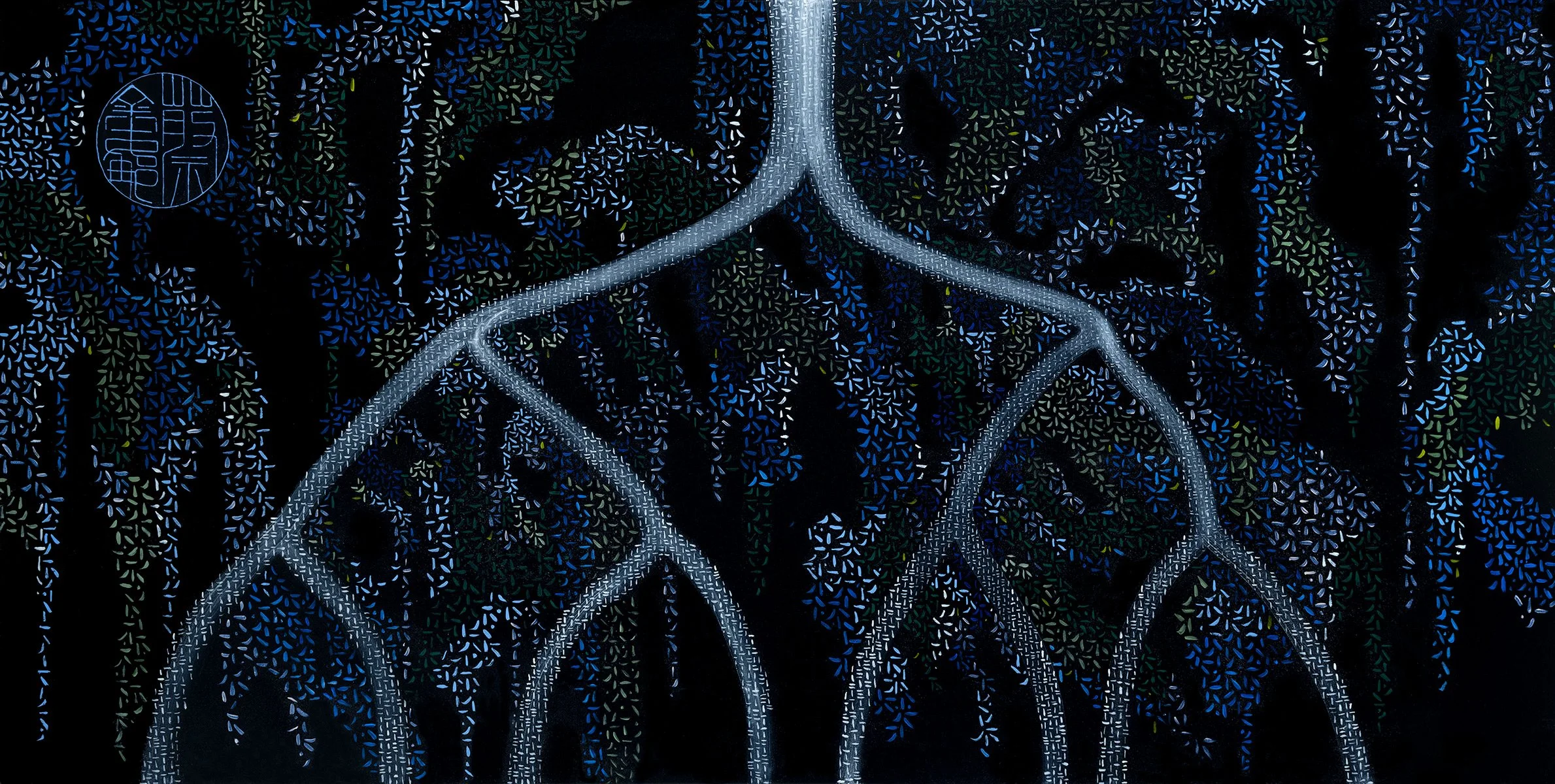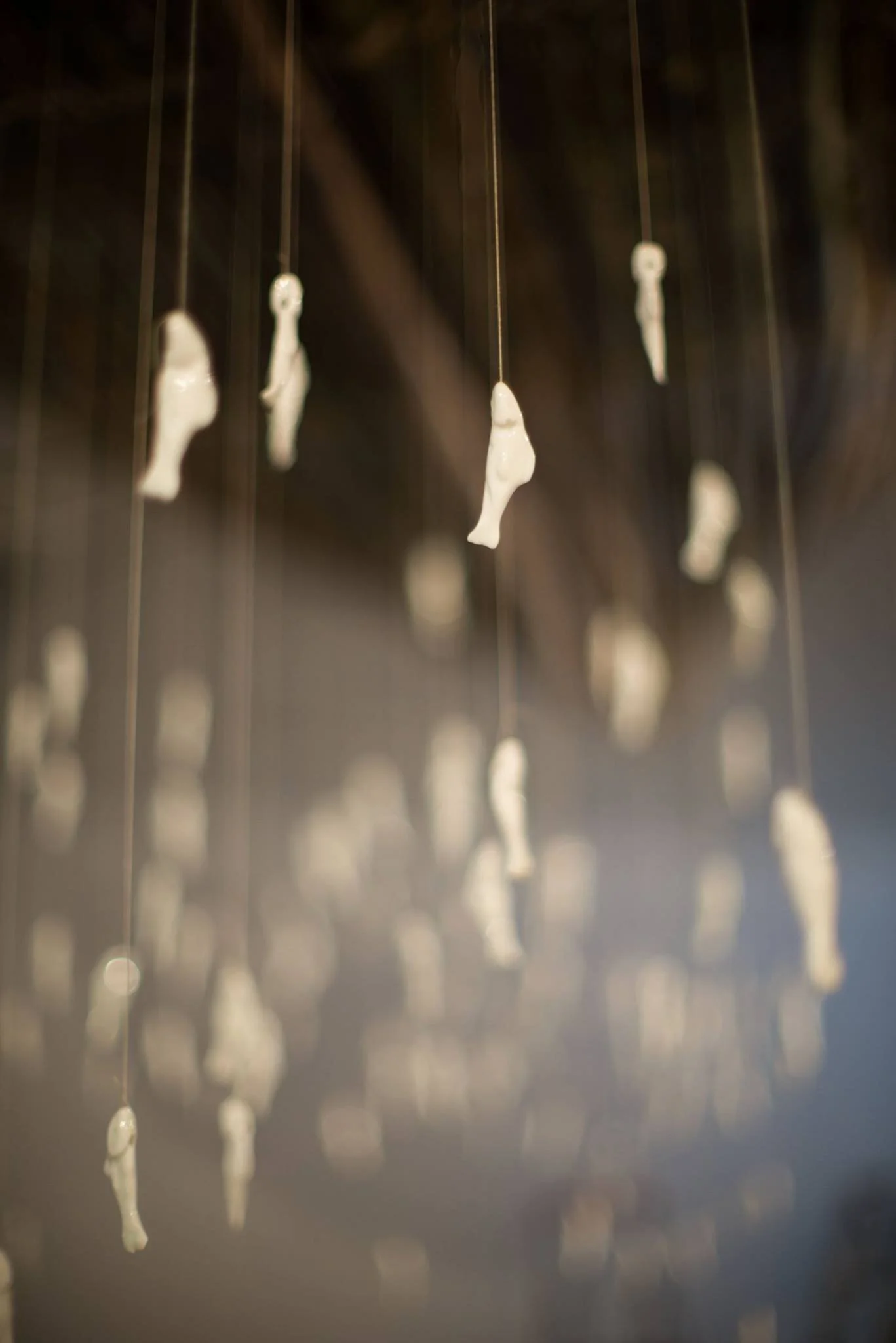
art as research
Art speaks to us of phenomenon unseen but felt. It can communicate a vast deep peace, become a source of energy and act as light of inspiration to illuminate the mind, body and soul.
Creativity as a practice that challenges and expands perception and understanding.
ART as
MEDICINE
TRADITION as TECHNOLOGY
Gina Choy’s pioneering practice-led and theoretical research deepens an appreciation and understanding of traditional Chinese painting by examining it, not as a linear or stylistic history with a timeline framed by changing dynasties and social structures with a beginning, middle and end -- but rather as a contemplative science with a dynamic body of knowledge about the creative act and the power it has to affect its practitioners and audiences.
Figure 1 “Drawing of the body as appeared in the Illustrated Canon of Acu-moxa, carved on a stone stele”, from Asaf Goldschmidt, The Evolution of Chinese Medicine Song Dynasty 960-1200 (London: Routledge, 2009), 32–33.
Figure 2 The Bodhisattvas Padmapani and Tara, 1700–1800, Thangka painting from China’s Hebei Province, colours on cotton (image 128.4 x 76.7 cm; overall 169.9 x 94.8 cm). Collection: Asian Art Museum, San Fransico.
Figure 3 Harriet, March 1888. Photograph by Dr Rufus B. Weaver of the first full dissection of the human nervous system. Collection: Drexel University College of Medicine, Philadelphia.



